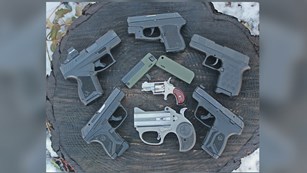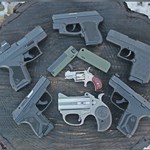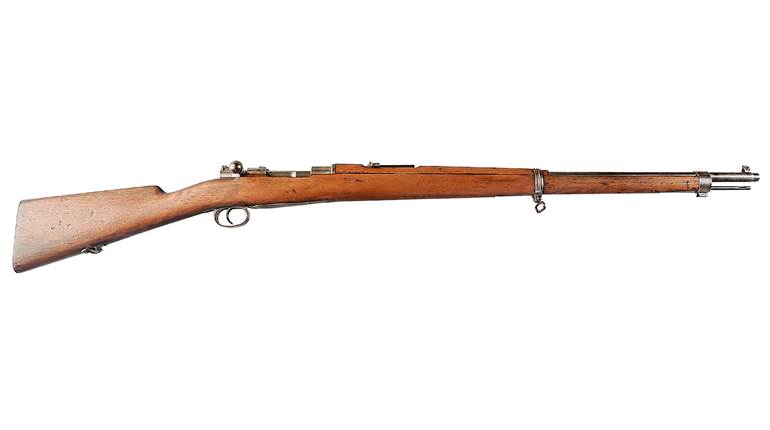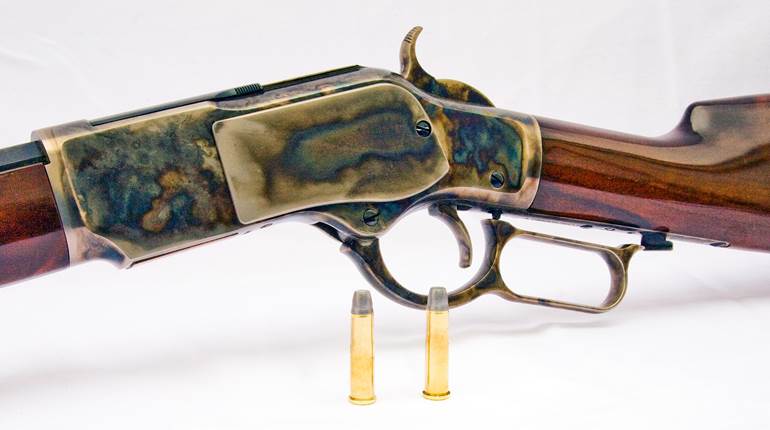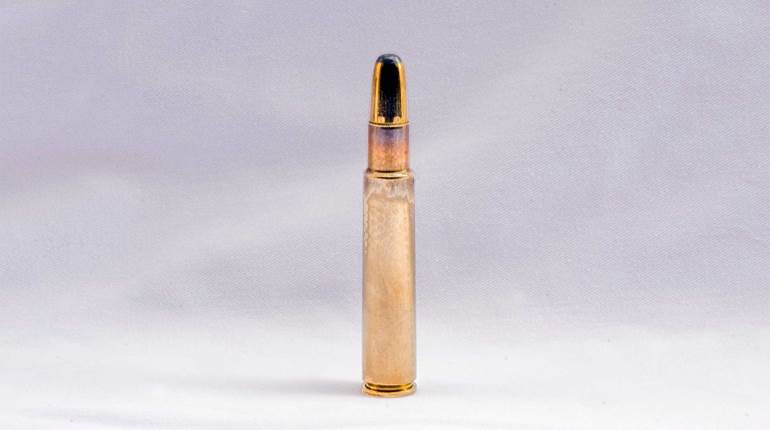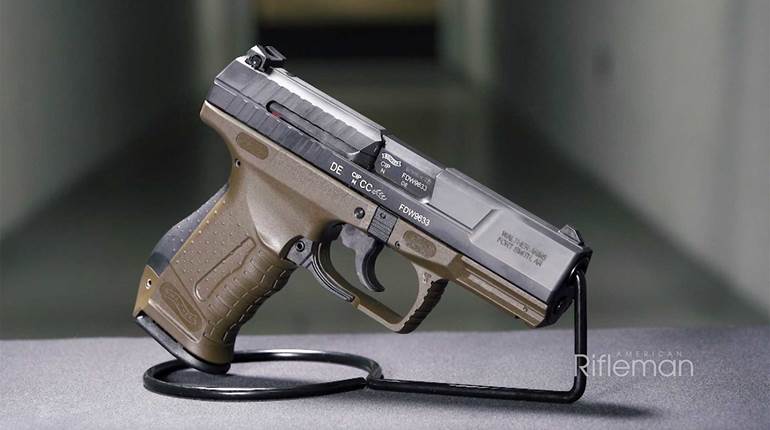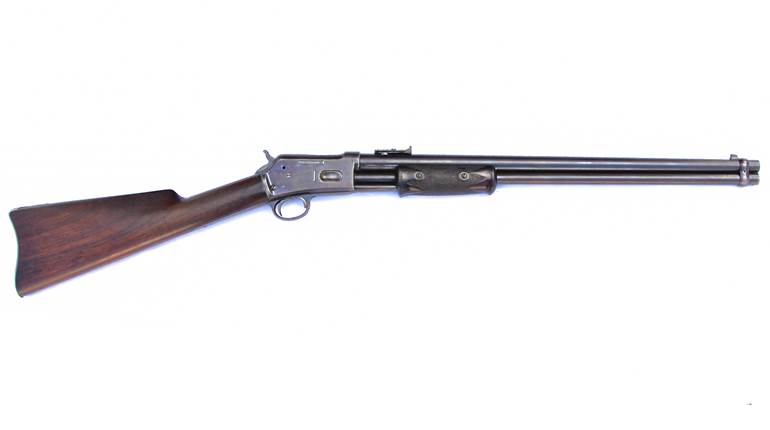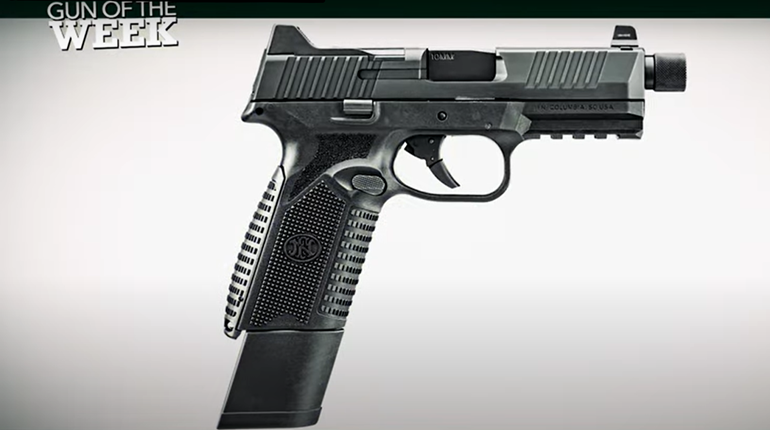
Many shooters and reloaders are surprised when they learn than the first attempts at so-called smokeless powder—more correctly called nitrocellulose—is nearly two centuries old. A French chemist and pharmacist, Henri Braconnot, determined in 1832 that soaking wood fibers in nitric acid produced a highly flammable—even explosive—compound. These first attempts yielded products that were quite unstable and rather dangerous, hence their usability was nil. A number of other chemists and scientists experimented with nitrocellulose production and stabilization during the following decades.
These early experiments led to some high-energy explosives. They were wholly unsuitable as propellants until another French chemist, Paul Vieille, toned down the energy enough to produce what was known as gun cotton—because of its visual similarity to cotton—and was deployed as a propellant for artillery munitions in 1884.
With further development, nitrocellulose or Poudre V, in recognition of its inventor was first loaded into the 8 mm Lebel case in 1886. Results were impressive. Nitrocellulose produced some six times the volume of gas from an equal pre-combustion weight of black powder, thus it imparted a much higher velocity in a given projectile with as much as three times the energy.
In 1891, Paul Mauser went to Spain after delivering some Model 1889 trial rifles, chambered in 7.65×53 mm Mauser. He brought with him a new cartridge with a slightly smaller diameter bullet and a case that was .134" longer with 5 percent greater case capacity, and a bullet 18 percent less in weight at a 23 percent faster muzzle velocity.
That cartridge was the 7x57 mm Mauser, and it was the high-speed, low-drag cartridge of its day. Mauser also had a transitional Model 1892 rifle with an external, single-column box magazine holding five rounds. The Model 1892 morphed quickly into the Model 1893 Mauser by employing an internal, staggered-cartridge, five-round magazine. To say that the Spanish military was impressed would be an understatement. It immediately ordered rifles and ammunition.
Meanwhile, the U.S. was strolling along with what it thought was a decent improvement over the latest iteration of the Trapdoor Springfield—Model 1888—the Model 1892 Krag-Jørgensen chambered in .30 Government or as it became popularly known, the .30-40 Krag. Then we got into a little dust-up with Spain called the Spanish-American War.

Our guys got their fannies shot to pieces from the 7x57 mm Mauser with its 173-gr. bullet at 2,746 fps while trying to defend themselves with rifles firing a 220-gr. bullet at 1,960 to 2,000 fps, depending on whether the soldier had a rifle or carbine. To be fair, the Mauser’s staggered-cartridge box magazine played nearly as much a role in this, since the 1892 Krag-Jørgensen had a side-fed magazine that did not have the ability to be charged with stripper clips.
The Brits also got a taste of 7 mm Mauser during the Second Boer War in South Africa. Boer snipers using ammunition loaded with ballistite-type smokeless powder—an early double-based powder made from nitrocellulose and nitro glycerin—easily outshot the Brits at long range with their .303 British ammo loaded with cordite and fired from Lee-Enfield rifles.
After that altercation, the 7x57 mm Mauser drew attention from European and a few American sportsmen. As a first-generation transition from black powder to smokeless powder, the 7x57 mm Mauser still held to some black-powder design parameters. The case tapers some .043" from .473" at the base to .430" at the shoulder. Black powder left a lot of residue, ergo most cases needed to have a good taper in order to facilitate reliable extraction.
Too, the shoulder has an angle of just 20 degrees to ensure reliability in extraction. Later on, wildcatters and experimenters like P.O. Ackley would blow out both measurements to increase case capacity and efficiency, thereby getting more velocity from the cartridge. Such wildcats—or non-standard cases—are often referred to as “Ackley Improved” or AI. With the 150-gr. Noslers (BT, AB or CT) the AI will add about 200 fps to the muzzle velocity.
Another caution for reloaders: European-made 7x57 mm rifles have a groove diameter of 0.285" (7.24 mm) whereas American rifles chambered in 7x57 mm have a groove diameter of 0.284" (7.21 mm). It’s not end-of-the-world stuff, but shooters who reload should ensure they know the real source and diameter of their bullets.
The 7x57 mm Mauser has a good reputation on plains game the size of deer or pronghorn. My own experience with this cartridge is admittedly thin. However, I shot a couple of feral pigs with the cartridge some 30-plus years ago with Remington factory loads in a friend's rifle. Not surprisingly, if you put the bullet in the right spot, the critter will tip over nicely.
In typical European fashion, there is a rimmed version of the 7x57 mm Mauser called, appropriately, the 7 x 57R. External dimensions are almost identical, save the rim, but there are internal anomalies. As far as performance, both cartridges are virtually alike in every way. The rimmed version is for single-shot, double rifles and drillings; it allows for more reliable and easier extractions in those rifles. British gunmakers are fond of the 7x57 mm Mauser cartridge, giving it British nomenclature, .275 Rigby.
The cartridge has seen extensive use in Africa, again as a plains-game cartridge. A rather famous departure from this norm was W.D.M. Bell, the Scottish adventurer and ivory hunter of the early 20th century, who used a Mauser '93 rifle built by Rigby in 7x57 mm Mauser to kill some 800 elephants, as well as countless other animals in Africa, including many Cape buffalo.
On this side of the pond, the 7x57 mm Mauser has enjoyed a subtle but steady popularity. It seems that about every 30 to 40 years, after the wildcatters and experimenters have tried to come up with the ultimate death ray, some guys rediscover this 128-year-old cartridge. The rifles for it are light, recoil is manageable, and the accuracy is more than adequate for most big-game hunting.
This cartridge also served as the basis for the once wildcat .257 Roberts which is now a factory chambering in many rifles and has its own cult following. Like our own .30-06 Sprg., the 7x57 mm Mauser cartridge owes much of its success to the fact that it was the military cartridge of choice for nearly two dozen countries. That, combined with its other attributes of mild recoil and good accuracy ensures that it will be available for some time to come.
